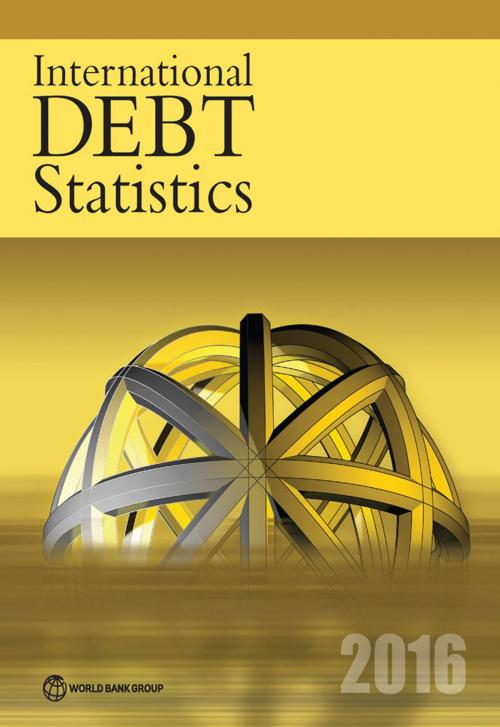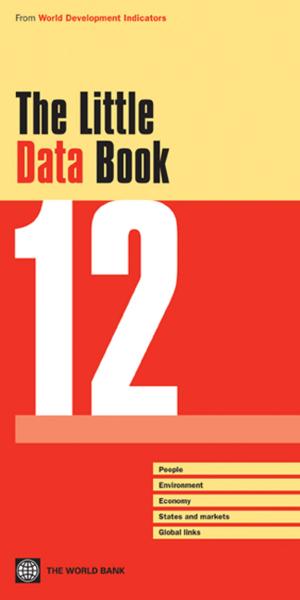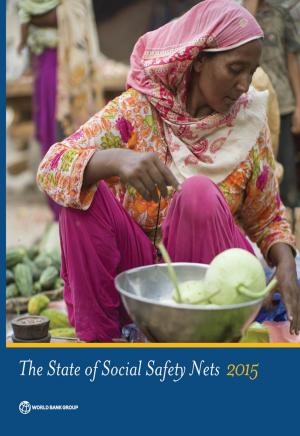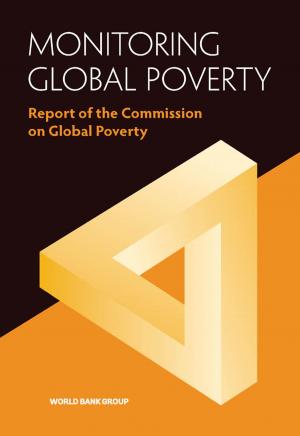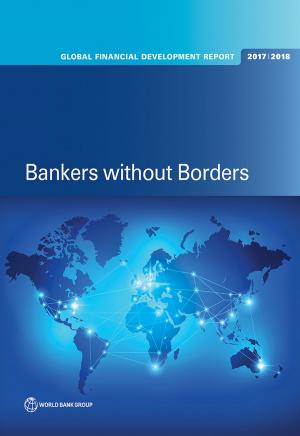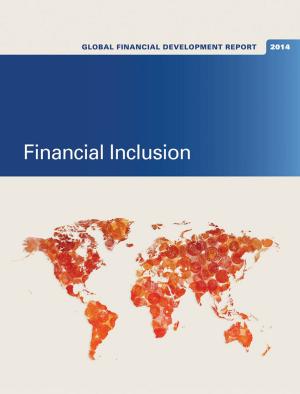International Debt Statistics 2016
Business & Finance, Economics, Economic Development, Finance & Investing, Finance, Business Reference| Author: | World Bank | ISBN: | 9781464806827 |
| Publisher: | World Bank Publications | Publication: | December 14, 2015 |
| Imprint: | World Bank Publications | Language: | English |
| Author: | World Bank |
| ISBN: | 9781464806827 |
| Publisher: | World Bank Publications |
| Publication: | December 14, 2015 |
| Imprint: | World Bank Publications |
| Language: | English |
International Debt Statistics (IDS) 2016 (formerly Global Development Finance) provides statistical tables showing the external debt of 125 developing countries that report public and publicly guaranteed external debt to the World Bank's Debtor Reporting System (DRS). It also includes tables of key debt ratios for individual reporting countries and the composition of external debt stocks and flows for individual reporting countries and regional and income groups, along with some graphical presentations. IDS 2016 draws on a database maintained by the World Bank External Debt (WBXD) system. Longer time series and more detailed data are available from the World Bank open databases, which contain more than 200 time series indicators, covering the years 1970 to 2014 for most reporting countries, and pipeline data for scheduled debt service payments on existing commitments to 2020. International Debt Statistics 2016 is unique in its coverage of the important trends and issues fundamental to the financing of the developing world. This report is an indispensable resource for governments, economists, investors, financial consultants, academics, bankers, and the entire development community. In addition, International Debt Statistics will showcase the broader spectrum of debt data collected and compiled by the World Bank. These include the high frequency, quarterly external debt database (QEDS) and the quarterly public sector database (QPSD) developed in partnership with the International Monetary Fund and launched by the World Bank. Table of Contents * Indicators * PART I: Overview Introduction Debtor Reporting System Trends in Debt Stocks and Flows, 2014 Aggregate Financial Flows to Developing Countries, 2014 All Developing Countries East Asia and Pacific Europe and Central Asia Latin America and the Caribbean Middle East and North Africa South Asia Sub-Saharan Africa Quarterly External Debt Statistics Public Sector Debt * PART II: Aggregate and Country Tables IDS ONLINE DATABASE International Debt Statistics is available free of charge as part of the World Bank's Open Data collection. To access the IDS database visit data.worldbank.org/data-catalog.
International Debt Statistics (IDS) 2016 (formerly Global Development Finance) provides statistical tables showing the external debt of 125 developing countries that report public and publicly guaranteed external debt to the World Bank's Debtor Reporting System (DRS). It also includes tables of key debt ratios for individual reporting countries and the composition of external debt stocks and flows for individual reporting countries and regional and income groups, along with some graphical presentations. IDS 2016 draws on a database maintained by the World Bank External Debt (WBXD) system. Longer time series and more detailed data are available from the World Bank open databases, which contain more than 200 time series indicators, covering the years 1970 to 2014 for most reporting countries, and pipeline data for scheduled debt service payments on existing commitments to 2020. International Debt Statistics 2016 is unique in its coverage of the important trends and issues fundamental to the financing of the developing world. This report is an indispensable resource for governments, economists, investors, financial consultants, academics, bankers, and the entire development community. In addition, International Debt Statistics will showcase the broader spectrum of debt data collected and compiled by the World Bank. These include the high frequency, quarterly external debt database (QEDS) and the quarterly public sector database (QPSD) developed in partnership with the International Monetary Fund and launched by the World Bank. Table of Contents * Indicators * PART I: Overview Introduction Debtor Reporting System Trends in Debt Stocks and Flows, 2014 Aggregate Financial Flows to Developing Countries, 2014 All Developing Countries East Asia and Pacific Europe and Central Asia Latin America and the Caribbean Middle East and North Africa South Asia Sub-Saharan Africa Quarterly External Debt Statistics Public Sector Debt * PART II: Aggregate and Country Tables IDS ONLINE DATABASE International Debt Statistics is available free of charge as part of the World Bank's Open Data collection. To access the IDS database visit data.worldbank.org/data-catalog.
